Through the ups and downs of time, culture has always been a great spiritual foundation in social life. To keep the source of culture flowing, ethnic people in the province have been making efforts to preserve and promote traditional cultural beauty to pass on to the next generation as well as research and add new values.
Preserving tradition
Cao Bang is a land of harmonious identities of many ethnic groups, with a rich, diverse and unique treasure of traditional culture. The province pays attention to and focuses on the work of preserving and promoting the traditional cultural values of ethnic communities. Heritages such as: language, writing, religious practices, traditional festivals, traditional crafts, etc. are regularly studied, and solutions for effective preservation and promotion are proposed; historical relics are studied to establish records for ranking at all levels and to build restoration and embellishment projects.
Many traditional folk festivals of ethnic minorities have been restored, over 100 traditional festivals and spring festivals are held on different scales, mainly taking place in spring and bearing the local ethnic culture. Traditional festivals not only create an exciting atmosphere, meeting the spiritual life of the people, but also create favorable conditions to "revive" folk songs and dances of ethnic minorities such as: Then singing, Then singing, Da hai singing, Put lan singing, Xa xa singing, Sli Giang singing, Nang oi singing, Ha luoi singing, Luon Coi singing, Luon Sluong singing, Heo Phuong singing, Phong Slu singing... At community tourism sites, the province focuses on building tourism infrastructure; purchasing costumes, props, musical instruments, sound and lighting equipment to meet the needs of training and performing for art troupes.
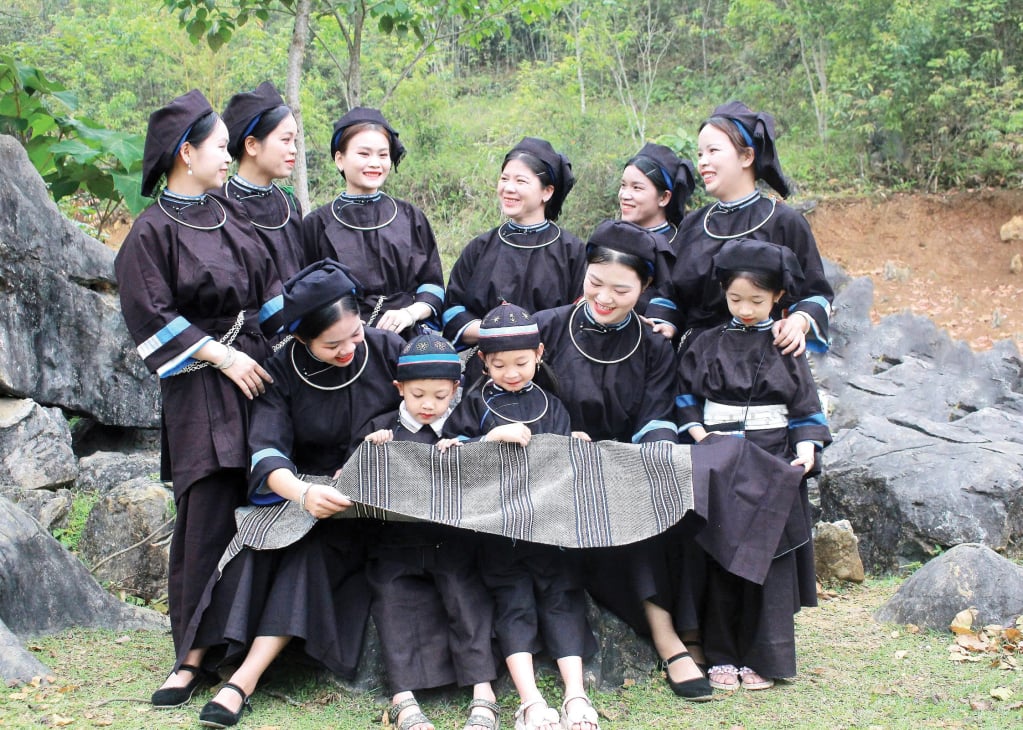
With more than 50 households, 100% of the Nung An ethnic group, Pac Rang hamlet, Phuc Sen commune (Quang Hoa) is attractive because of the fairly complete preservation of the traditional ethnic culture with stilt houses with nghien columns, yin-yang tiled roofs, many houses still retain stone steps and small water tanks for washing feet in front of the house.
Pac Rang hamlet chief To Van Tuan said: Currently, people in the hamlet maintain the craft of weaving, indigo dyeing and often wear traditional indigo costumes in their working and daily lives. Products from typical traditional handicrafts have become commodities, some high-income occupations such as blacksmithing and casting have become the main income of many households. The existence and development of handicrafts not only have economic significance, but also preserve national culture as well as educate the tradition of hard work for the next generation.
“Weaving” the future
Luong Noi Hamlet, Ngoc Dao Commune (Ha Quang) is the cradle that preserves many beautiful features in the traditional culture of the Tay people in Cao Bang. In particular, brocade weaving is a traditional craft that has existed for a long time, formed and developed naturally in the labor process, originating from the practice of self-sufficiency. The unique feature of the weaving profession of the Tay people in Luong Noi is that they create patterns on the back side of the brocade product, not weaving from the right side like the usual weaving technique. The patterns created on the brocade panels honestly reflect the society, production activities and spiritual culture of the Tay people.
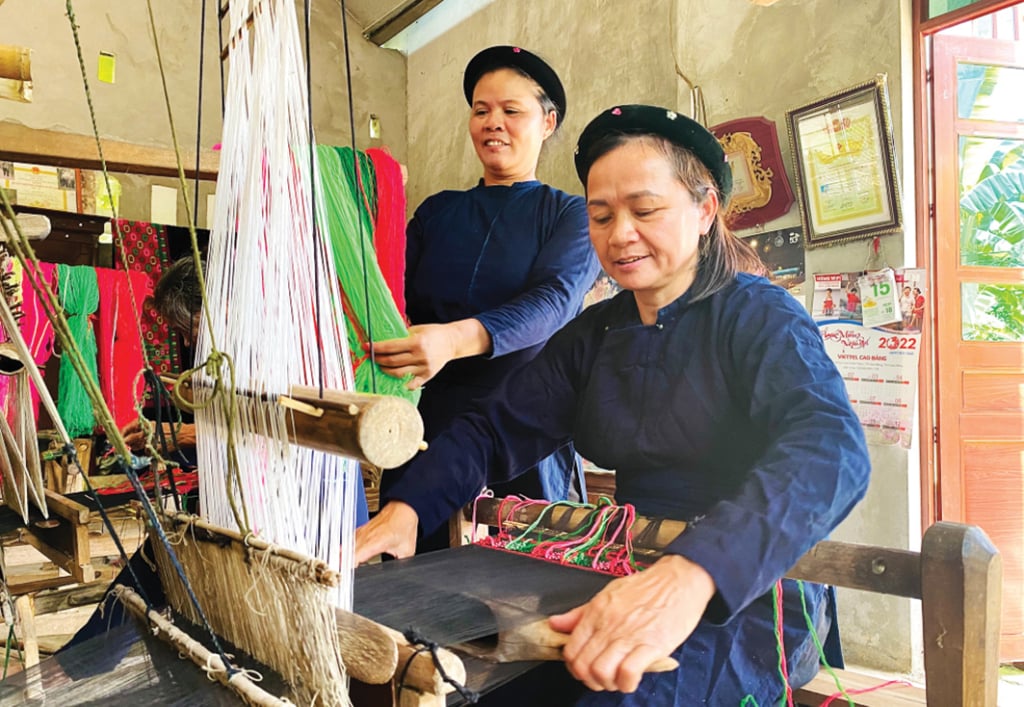
With nearly 50 years in the profession, Ms. Nong Thi Thuoc lives in a family with 4 generations of weaving, and has been awarded the title of traditional craft village artisan. In 2016, her production facility was awarded the "Golden Board of Traditional Vietnamese Craft Families" by the Vietnam Craft Village Association. Artisan Nong Thi Thuoc's products have achieved many achievements at home and abroad. Among them, it is necessary to mention the title "Typical Vietnamese Craft Village Handicraft Products" in 2018 and was granted a partner certificate by the Cao Bang Non Nuoc Geopark Management Board in 2022.
With a passion for preserving the traditional beauty of her ancestors, artisan Nong Thi Thuoc has been striving to inspire the next generation in the craft of brocade weaving. Taking advantage of her free time, she teaches free of charge to those in need; enthusiastically guiding the practical steps from planting cotton, spinning, choosing natural materials to dyeing yarn, weaving, looming, weaving and creating patterns on fabric. Artisan Nong Thi Thuoc said: Although the students are of different ages and environments, they all share a common interest and passion for the traditional craft of the nation. Brocade weaving requires perseverance, skillful hands, and creativity to make their own brocades. When they first start learning, the products created, although not really perfect, show the affection and dedication of each individual to the traditional craft.
Preserve and maintain the cultural identity of the nation
Loving her ethnic culture through traditional costumes, Ms. Dao Thi Sanh, a Mong ethnic group in Keo Nam hamlet, Ma Ba commune (Ha Quang) often sews ethnic costumes for her own use and sells them to customers in need, helping to increase her family's income. Ms. Sanh shared: Mong ethnic girls are taught by their grandmothers and mothers how to sew and embroider. When they reach adulthood, they know how to be charming and are also able to skillfully make traditional costumes for their family and themselves before going to their husband's house. I was taught the craft by my grandmother and mother since I was young. Besides economic development, I try to preserve and promote the beautiful traditional cultural values of the Mong ethnic group and pass them on to my children and grandchildren.
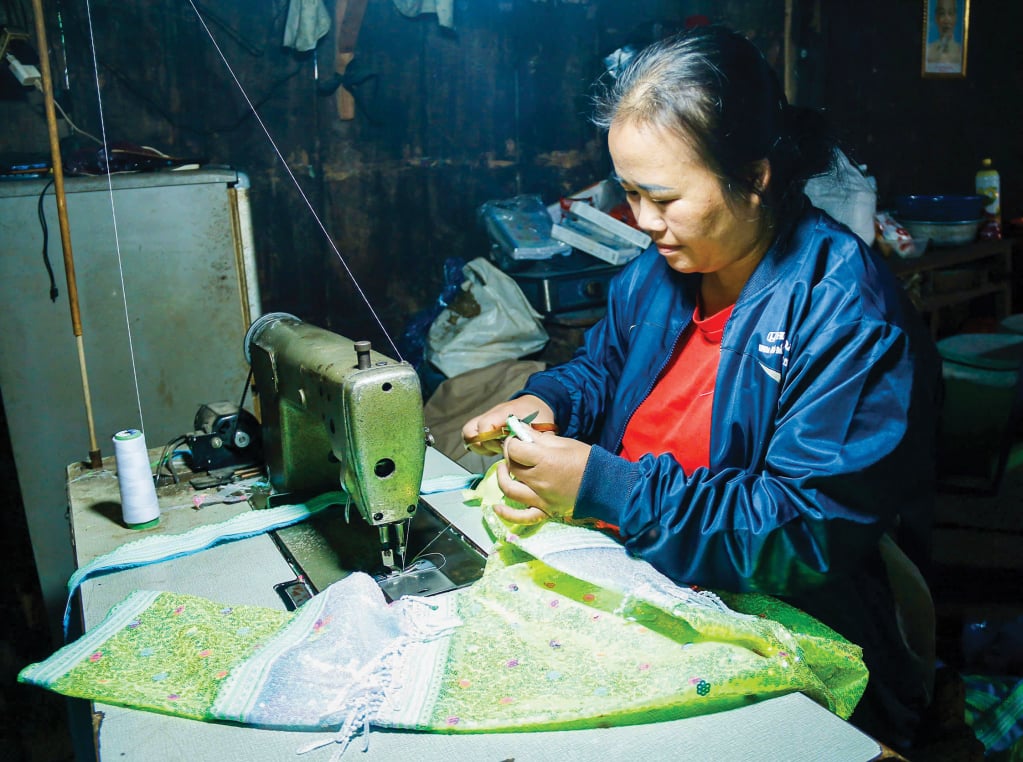
Having been exposed to Then singing and Tinh lute since he was a child, Mr. Nong Van Ngoat, from Trung Khanh town (Trung Khanh) was fascinated by the melodious, deep melodies, the smooth, sweet sounds of Tinh lute. When he grew up, he devoted a lot of time and effort to preserving and spreading the unique cultural features of his people to many people and many different regions. Mr. Ngoat shared: Realizing that the traditional art of our people was facing the risk of being lost, my friends and I in the middle and elderly art club of the town coordinated with the Community Learning Center to organize 2 classes to teach Then singing and Tinh lute with 40 students. The youngest was still in primary school, the oldest was nearly 70 years old. Thanks to that, I realized the vitality, spread and appeal of Then singing and Tinh lute. This is the motivation for me to continue with my passion for preserving and maintaining the cultural identity of the nation.
Over the years, the lives of ethnic minorities in the province have changed positively. In addition to economic development, the people also strive to preserve, inherit and promote the traditional values of the nation. Through each festival, traditional craft, ethnic costumes or typical production tools, they all want to express their thoughts, feelings, and imprints that are deeply imbued with cultural identity, containing unique artistic and historical values of their people in daily life and production. At the same time, they teach the next generation to learn, inherit, preserve and promote. From there, the unique values and identities of tangible and intangible culture are always closely linked, accompanying life and becoming "living heritages" and "living values".
The province currently has more than 200 historical and cultural relics and scenic spots, of which 98 relics are ranked at all levels, including 3 special national relics, 25 national relics, 70 provincial relics; 2 national treasures; over 16,000 artifacts made from different materials, with high historical, cultural and scientific value, reflecting the formation, development, cultural identity of ethnic groups, and revolutionary traditions of the locality. In 2018, Non Nuoc Cao Bang UNESCO Global Geopark was recognized by UNESCO as a Global Geopark. In addition, the province has 2,000 intangible cultural heritages of many types; 7 national intangible cultural heritages, in particular, the Then practice heritage of Tay, Nung, Thai in Vietnam (including Then Tay Cao Bang ritual) was included in the list of representative intangible cultural heritages of humanity by UNESCO. The whole province has 1 people's artisan, 23 excellent artisans, 1 people's artist, 5 excellent artists recognized. |
Lam Giang
Source: https://baocaobang.vn/de-mach-nguon-van-hoa-chay-mai-3174929.html




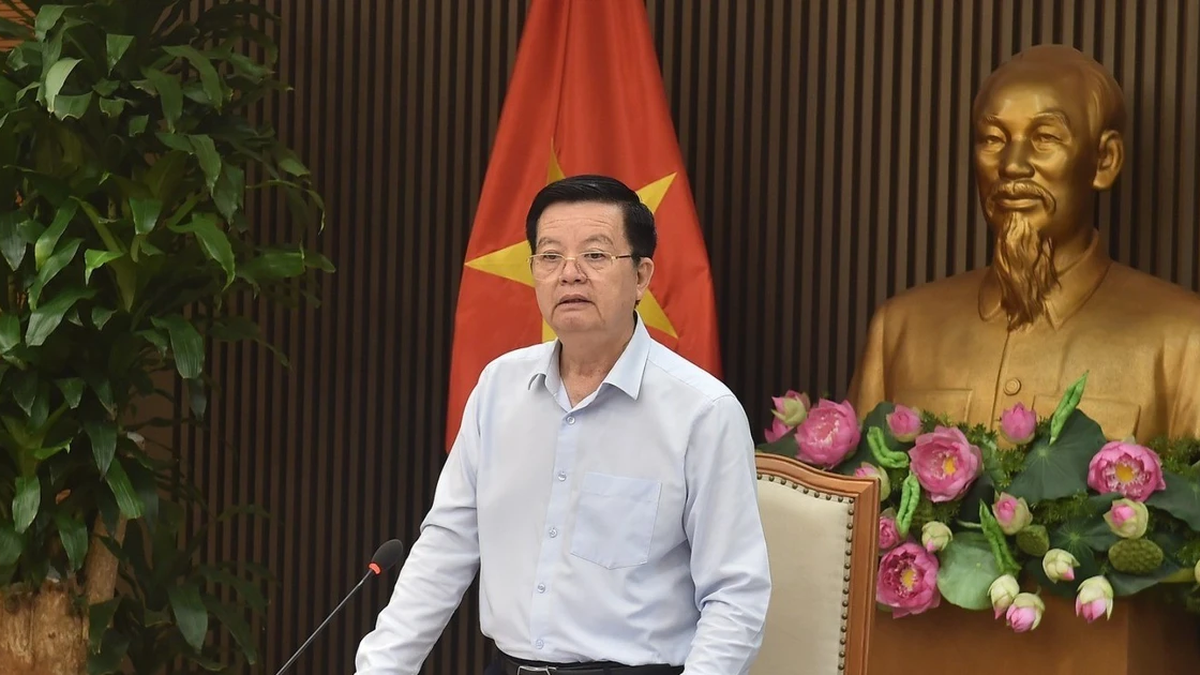

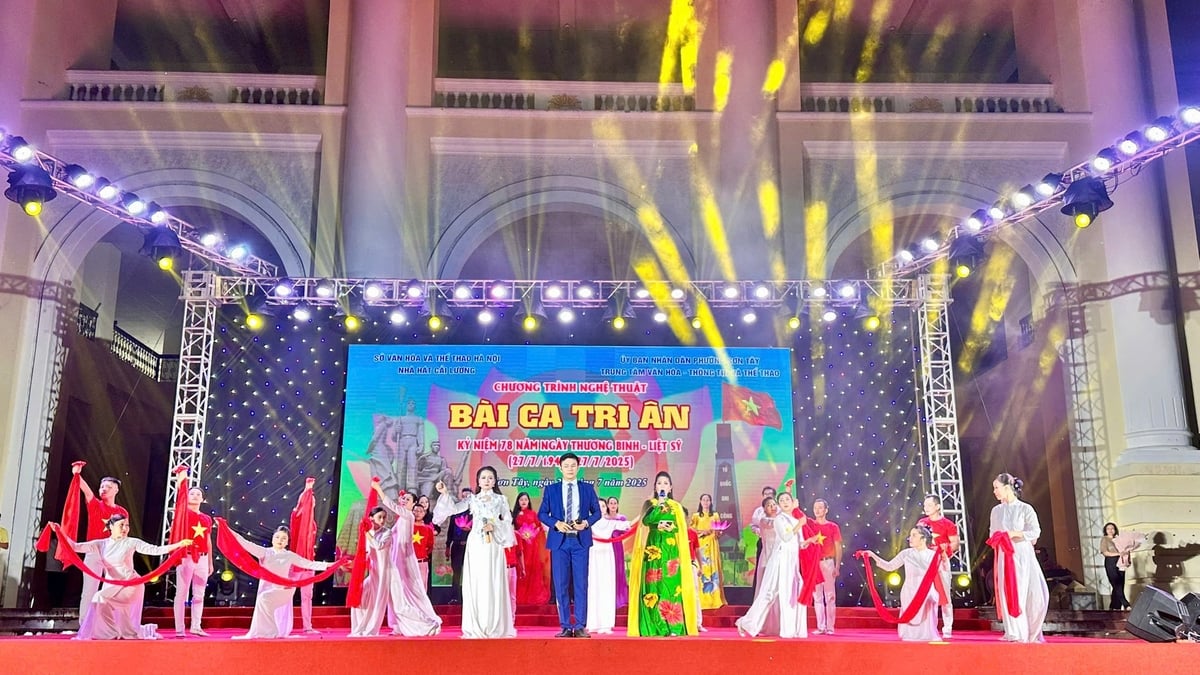


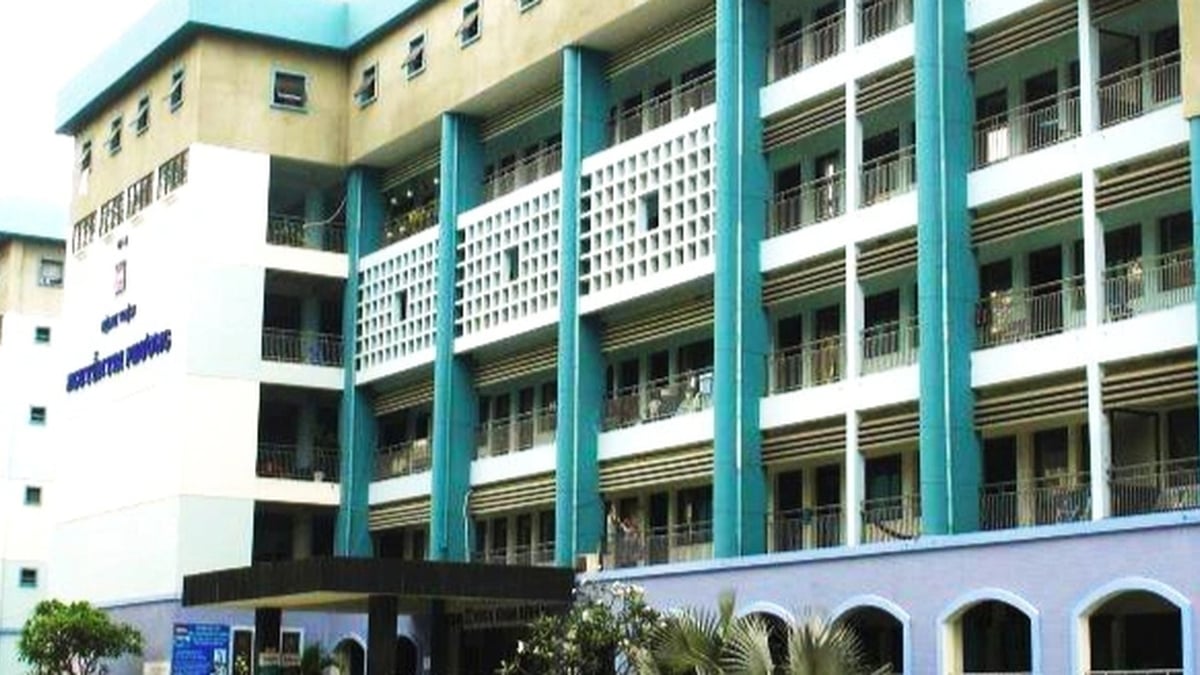












![[Photo] National Assembly Chairman attends the seminar "Building and operating an international financial center and recommendations for Vietnam"](https://vphoto.vietnam.vn/thumb/1200x675/vietnam/resource/IMAGE/2025/7/28/76393436936e457db31ec84433289f72)








































































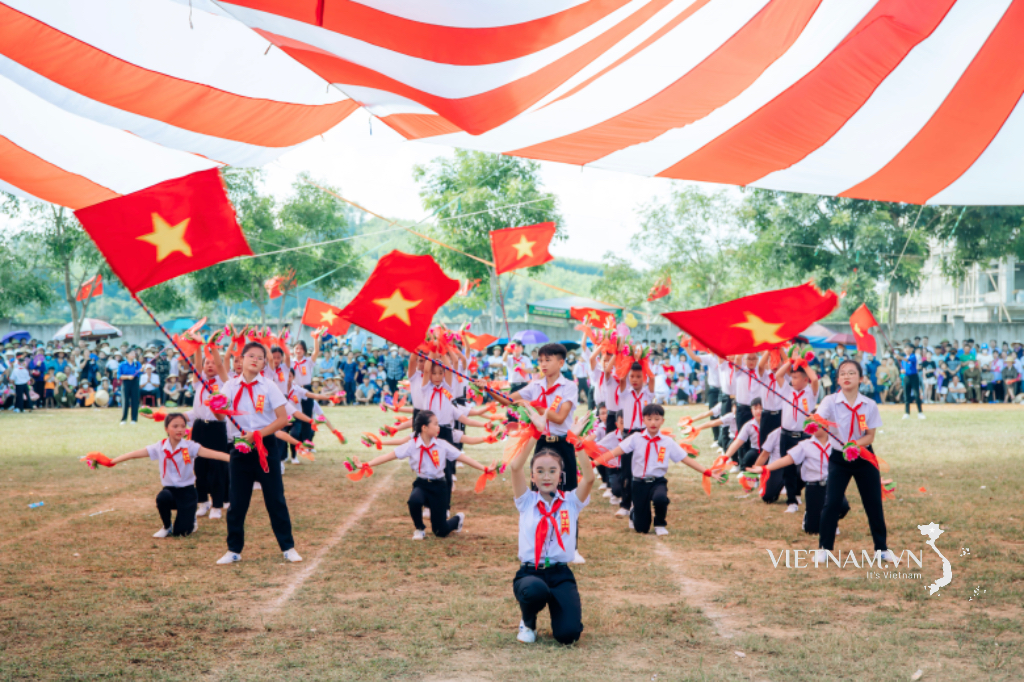
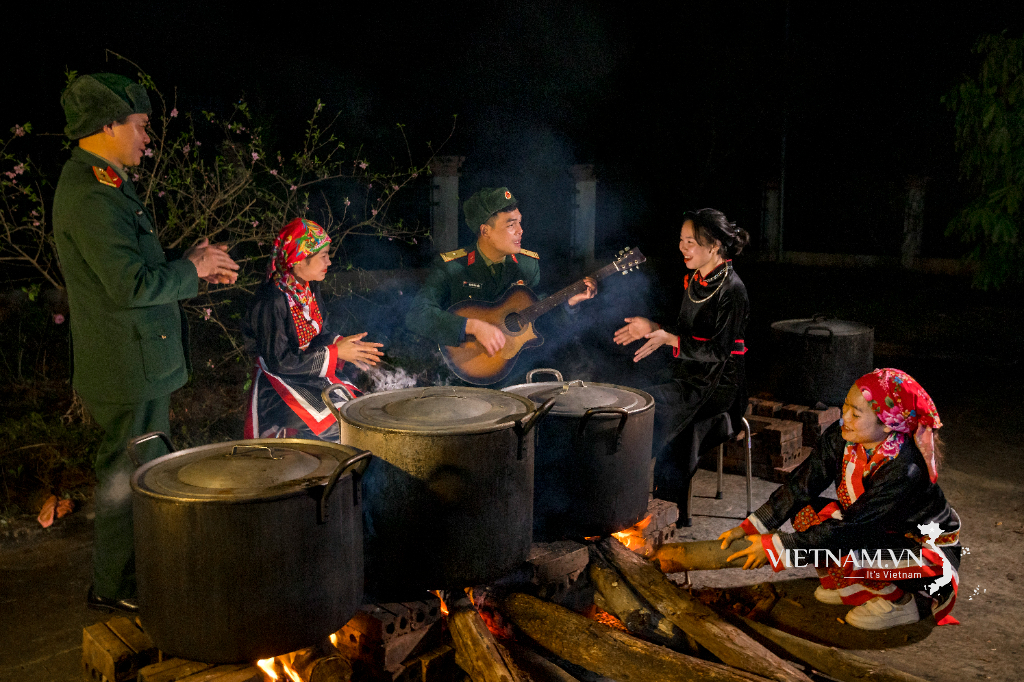

Comment (0)